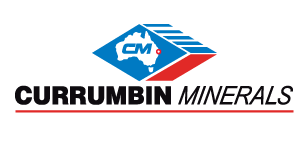Rutile
Rutile has a high specific gravity and is often concentrated by stream and wave action in “heavy mineral sands” that exist today in both onshore and offshore deposits. Much of the world’s rutile production is mined from these sands.
Rutile is used as an ore of titanium, it is crushed into a white powder that is used as a pigment in paints, and it is processed for use in a multitude of products.
Physical Properties of Rutile
Chemical Classification
Color
Streak
Luster
Diaphaneity
Cleavage
Mohs Hardness
Specific Gravity
Diagnostic Properties
Chemical Composition
Crystal System
Uses
Oxide
Red to reddish brown, black, yellow to gold
Red to brown
Adamantine to submetallic
Opaque, transparent on thin edges
Good
6 to 6.5
4.2 to 4.4
Luster, color, specific gravity, prismatic crystal habit
Titanium oxide, TiO2
Tetragonal
An ore of titanium, pigments, inert coating on welding rods
Uses of Rutile
The primary uses of rutile and titanium oxide made from rutile are: manufacturing titanium oxide pigments, manufacturing refractory ceramics, and production of titanium metal. The use of rutile to make pigments touches the lives of almost every person in the world in many ways almost every day.
When finely crushed and processed to remove impurities, rutile becomes a bright white powder that serves as an excellent pigment. It is used to make paint by suspending the powder in a liquid. The liquid serves as a carrier in the paint’s application, and evaporates to deposit a layer of titanium oxide on the object that was painted. Titanium oxide pigments became very important in the paint industry in 1978, when the United States government banned the use of lead-based pigments in consumer paint products.
Titanium oxide pigments are used to produce white color in plastics, and they are used to make high-brightness paper. Titanium oxide gives these products a color that is resistant to fading. Titanium oxide is also nontoxic and chemically stable. Those properties allow it to be used as a pigment in food, cosmetics, pharmaceuticals, and many consumer products such as toothpaste.
